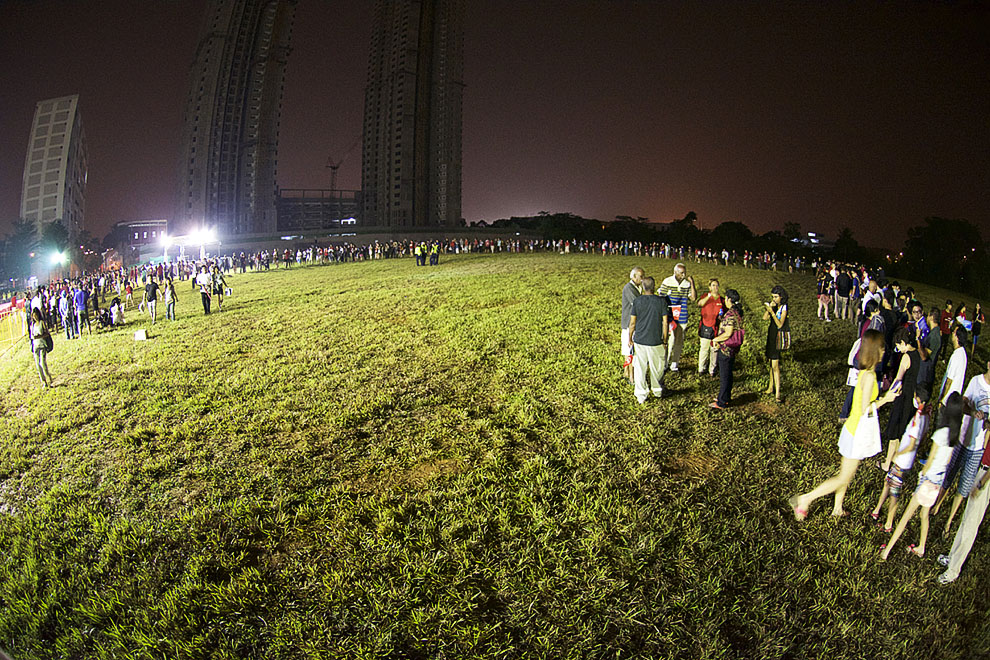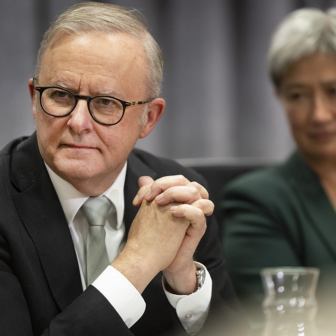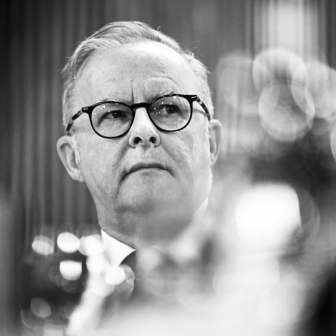By late on Friday night it was clear that the people of Singapore had given the ruling People’s Action Party, or PAP, its strongest mandate ever. A 10 per cent swing raised the ruling party’s share of the vote to 70 per cent and reduced the number of opposition MPs from seven to six. This might not be the highest vote the PAP has ever received, nor is it the lowest-ever number of opposition MPs in parliament, but the results set a new benchmark because this was the first time every constituency was contested in a national poll.
The strong backing for the government came despite the rise of the internet, and of social media in particular, and after the opposition had recorded a string of electoral successes by capitalising on policy and administrative failures in housing, transport, immigration and the cost of living. It also came at the first election under the “new normal” paradigm created by the opposition’s strong performance at the 2011 general election. The PAP’s leaders, no longer able to assume that the party held the moral, intellectual and electoral high ground, knew that they now had to win support much like politicians do in Western democracies.
The opposition was naturally disappointed with its showing this time, and the PAP’s leaders were naturally pleased. In the case of cabinet ministers, though, a more telling reaction was evident in their faces, speeches and body language: they were amazed. Only two nights earlier, prime minister Lee Hsien Loong had addressed a PAP rally and, by all conventional measures, delivered one of his worst speeches ever. He was fumbling, flustered, defensive and pleading. He highlighted all the issues on which his government was vulnerable – “housing, transport, immigration and healthcare” – on the rather weak basis that the government was working hard to fix them. To make it worse, the small crowd missed the cues to cheer or laugh and contributed a series of awkward silences. No one is going to convince me that Lee didn’t walk onto that platform in a state of near panic, and didn’t walk off thinking he was a loser.
But it wasn’t to be – far from it, in fact. Something drastic had happened in the four years since the 2011 election, or possibly as recently as the week of the 2015 election campaign itself.
Learning politics
I’d suggest, first, that the PAP leadership has used the four years since the last election to learn how to do politics. Recognising the reality and implications of the “new normal,” cabinet had set about winning back lost support, moderating and correcting unpopular policies, deflecting criticism, and being seen to listen to the people. New programs of welfare-style handouts and healthcare and housing reforms were targeted at hitherto neglected segments of the constituency: unmarrieds, the aged and the poor. (Admittedly, some of these reforms were already in train in more modest ways before 2011.) Uncharacteristically, the government also engaged in slick, expensive and very effective public relations campaigns to reach out to the beneficiaries of these campaigns so that they were fully aware of what was available – and whom they had to thank for it.
Lee’s ministers also denigrated selected members of the opposition, took a series of steps to silence and frighten critics, and brought social media more fully into the ambit of the government’s regulation. All the while, it used the Ministry of National Development to engage in a major campaign targeting the opposition’s managerial competence on the basis of the Workers’ Party’s management of the only town council run by an opposition party. The PAP turned the problems at that town council into a meme that suggested an opposition victory (which was technically a possibility, since all seats were contested) would bring Singapore crashing down.
Except perhaps for the heightened levels of direct repression, such measures are the very grist of ordinary political engagement in most functioning democracies. But until 2011 they were outside the experience of Lee and his ministers, most of whom come from privileged backgrounds and all of whom were parachuted into politics after being plucked from their chosen careers. They had not had to fight to get their positions and had little notion of how to relate to ordinary people.
The problem was longstanding. From the 1980s on, PAP leaders slipped into lazy habits when it came to winning elections: bullying opposition candidates (by libel and other legal actions); harassing opposition parties and civil society organisations (by restricting and closely managing their capacity to organise and speak); managing the media and later on trying to manage the internet; bullying constituencies (by threatening to deprive them of housing upgrades if they voted for the opposition); and manipulating electoral boundaries just a few weeks out from each election. Receiving feedback and finessing policies with an eye to popular opinion was part of this mix from the 1990s on, but it was not a high priority. And so they were blindsided in 2011 when the opposition found itself able, even under such repressive conditions, to build a base of popular support sufficient to propel its candidates into parliament in a serious way.
Popular support
The second major factor in the PAP’s victory is even more basic. The overwhelming majority of Singaporeans – including, it seems, the internet generation – have accepted, and even welcome, the PAP as their security blanket. As much as they might grumble about the government and enjoy poking fun at it, even young, educated and well-travelled Singaporeans could not endure the thought that Singapore might have to manage without the PAP and the managerial approach it represents. Perhaps the decisive moment was that final night of rallies, when they saw the video coverage of Lee Hsien Loong in a state of near panic, his personal vulnerabilities on display for all to see; but the message had probably firmed up much earlier. In this framework, the main task of the government’s political messaging was simply to provide a trigger to activate this fear.
If this analysis is sound, then the likelihood of fundamental political change in Singapore is bleak indeed. For the foreseeable future, a safe harbour will always trump concerns about the performance of the government. Singaporeans are now willing to accept that they live in an ordinary country in which trains break down regularly, the government routinely makes mistakes and then apologises, and the ruling party deals with criticism by silencing its critics. Such shortcomings have always been a feature of post-independence Singapore, but they are now public, acknowledged – and, it seems, acceptable to the vast majority of voters. •




